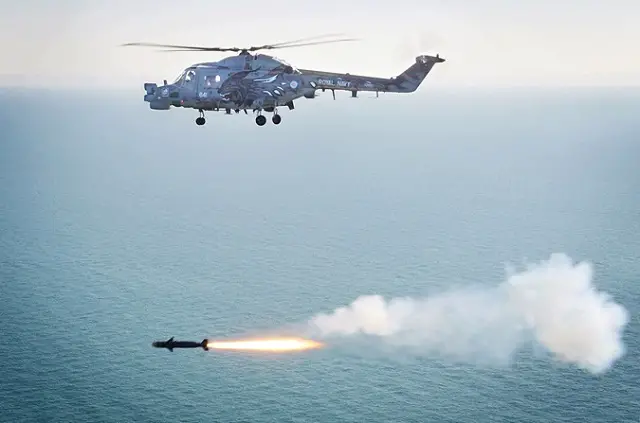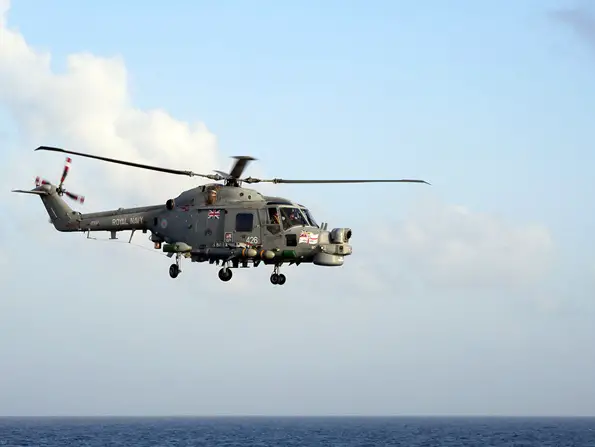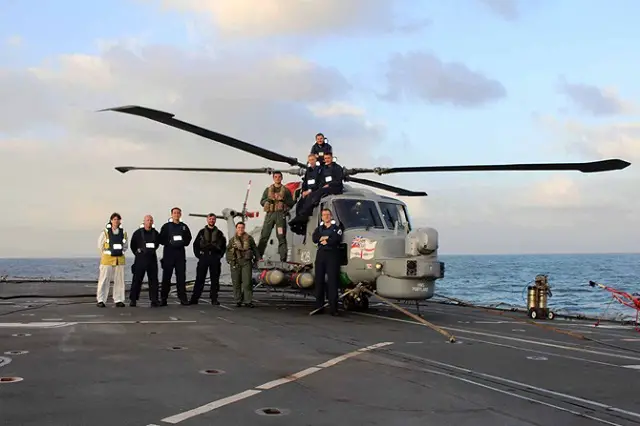Breaking news
Royal Navy Fires Sea Skua Anti-Ship Missile for the Last Time.
|
|
|||
 A live firing trial of the Sea Skua missile system [Archive]. Royal Navy Picture. A live firing trial of the Sea Skua missile system [Archive]. Royal Navy Picture. |
|||
|
|
|||
|
It took a day's preparation to ready the helicopter and three missiles (a Lynx can actually carry four) for the final firing as the frigate which has been the Lynx's home for the past eight months headed north from the Azores.
Only one of the sailors responsible for maintaining the helicopter or looking after its weaponry had ever fully tooled a Lynx up before. When they were finished, Portland launched her giant inflatable 'killer tomato' target - typically used for gunnery practice. Lifting off at near maximum weight, with enough fuel for a sortie of just 70 minutes, most of which was spent scouring the Atlantic to make sure there wasn't slightest chance of hitting a merchant vessel, while the team in HMS Portland's operations checked their radars and sensors to make sure the skies over the range were free of other aircraft. |
|||
|
|
|||
 HMS Portland's Lynx carrying Sea Skuas. Royal Navy Picture. |
|||
|
|
|||
|
After a 35-minute search, the area was declared clear and the aircraft cleared to fire. After ensuring all checks were complete and a final check of the firing bearing the crew selected a missile and Flight Commander Lieutenant Laura Cambrook pressed the red fire button. |
|||
|
|
|||
 The Lynx with three Sea Skuas and crew. Royal Navy Picture. The Lynx with three Sea Skuas and crew. Royal Navy Picture. |
|||
|
|
|||
|
And not one hit home - deliberately. The missiles were set to skim over the top of their target - allowing Portland's gunners the chance to hone their skills and finish off the huge red inflatable. |
|||




























